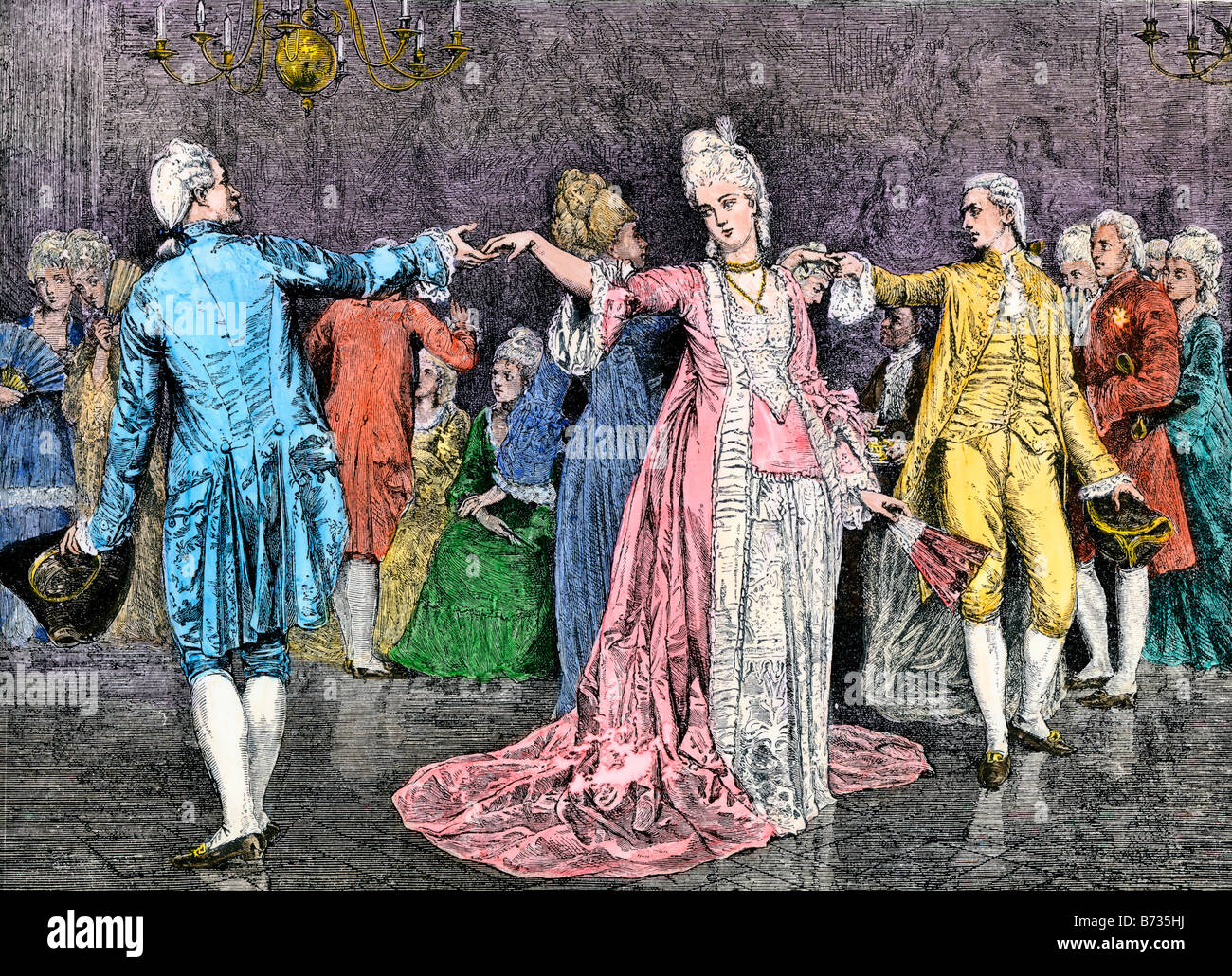
This middle section is continued to be called the 'trio' even when the arrangement called a number of instruments other than three.ĭo you have your own video to submit to ? Click here to enrich our site with your performanceĬomposers such as Joseph Hadyn (1732-1809) began employing an uptempo version of the minuet, also with a trio, which later during the time of Ludwig von Beethoven (1770-1827) came to be known as the 'sherzo'. The minuet has an introduction and four figures: the S or Z figure, which was repeated as often as the gentleman desired the giving of right hands the giving of left hands the giving of both hands. The reports and advertisements for balls show that the minuet was still the opening dance, performed by a suitably high-ranking couple. Most dances fell into two main categories: fancy dances, such as minuets, allemandes, and hornpipes and country dances. 109 Midnight Minuet Dance Dress, Black velvet dress with swirls of silver glitter, a side wrap georgette skirt edged in silver and a pretty back with. Primary sources include more than three hundred. The second minuet was orchestrated differently to the first to create contrast, often using three instruments and hence named the 'trio'. The minuet seems to have been far from dead, at least so far as dancing masters were concerned. The style of dance is commonly known to modern scholars as the French noble style or belle danse (French, literally 'beautiful dance'), however it is often referred to casually as baroque dance in spite of the existence of other theatrical and social dance styles during the baroque era. Its name may derive from the French ‘menu’ (‘slender’), denoting the small, neat steps of the dance.



In the Baroque period minuets were coupled together, with the first then repeated after the second minuet. The origins of the minuet a stately dance in triple time are blurred. Italian composers often quickened the tempo of their minuets, the minuet was often used as the final movement of the Italian overture.


 0 kommentar(er)
0 kommentar(er)
